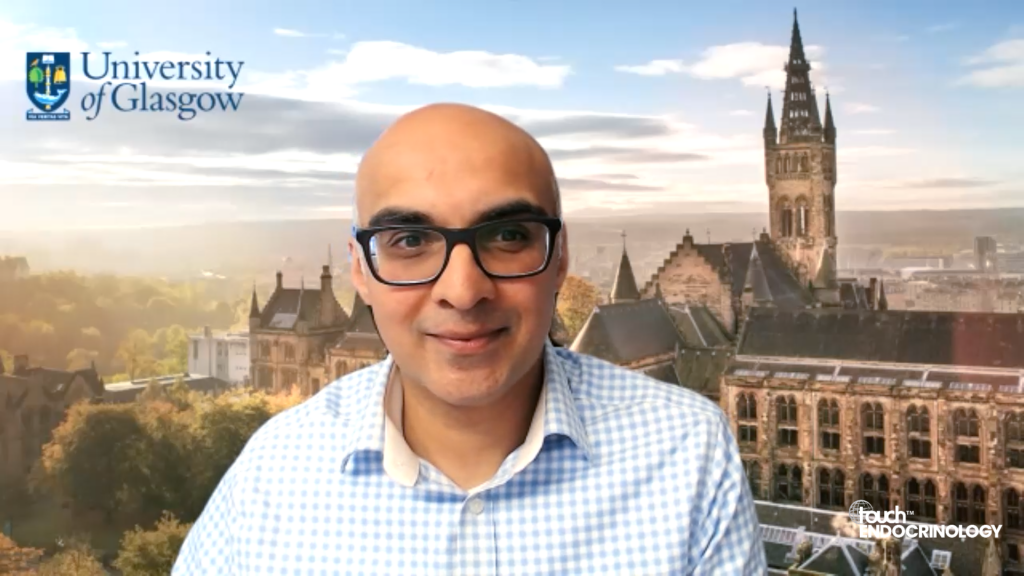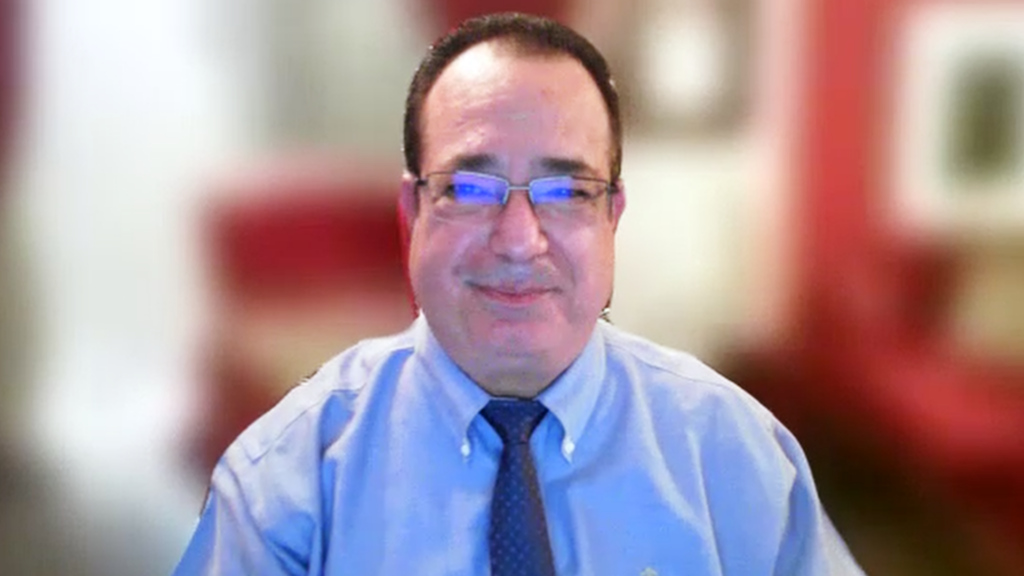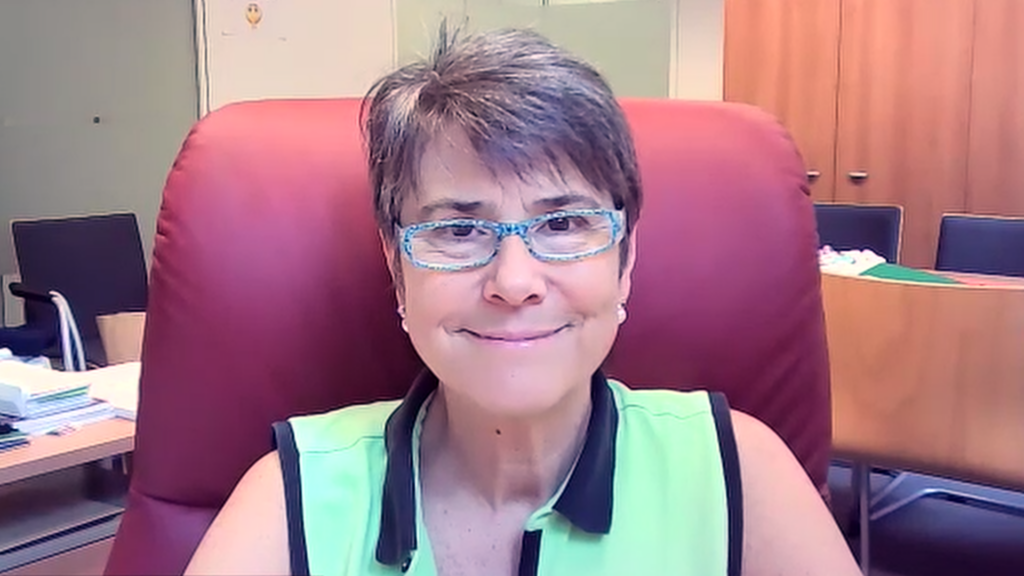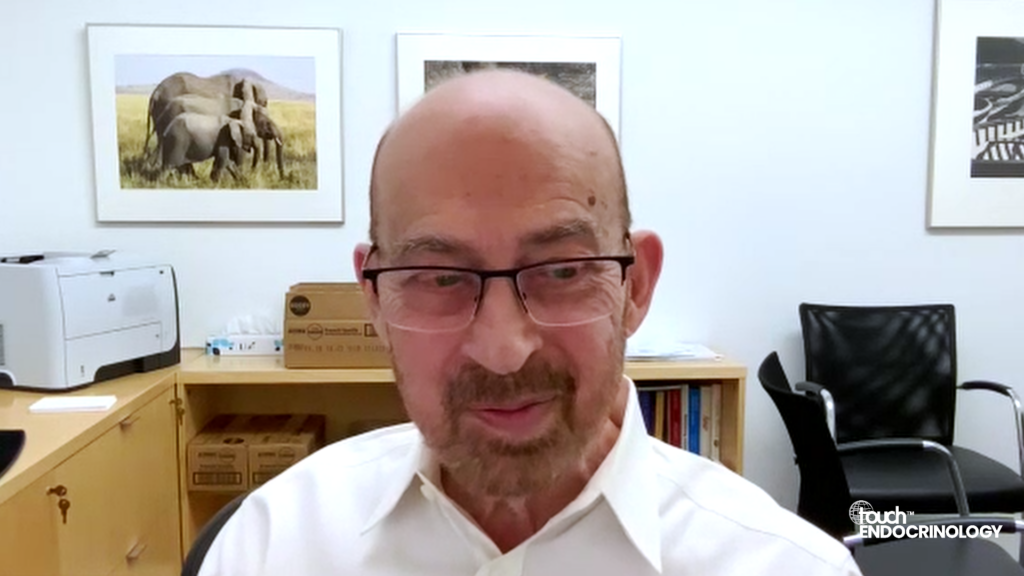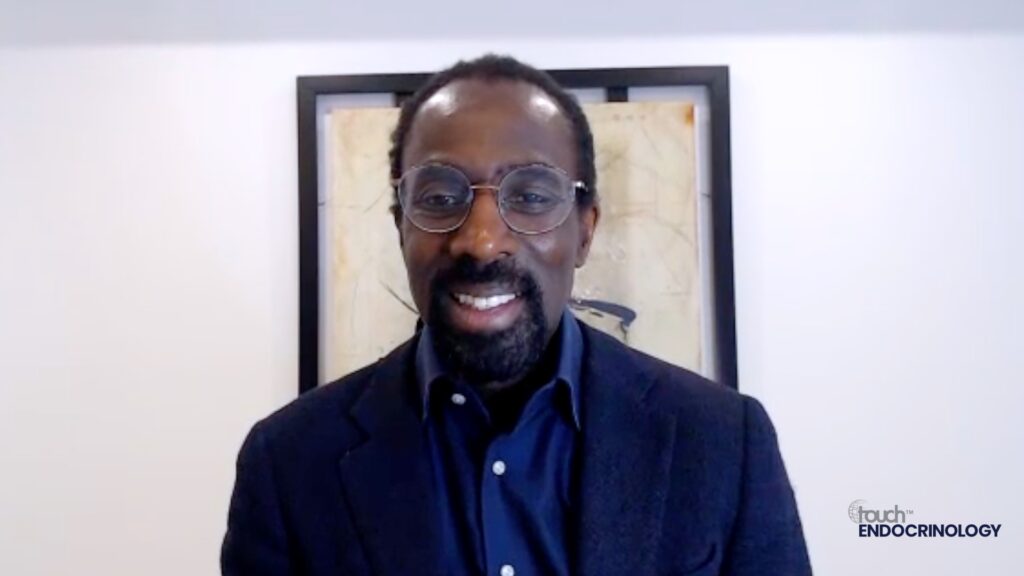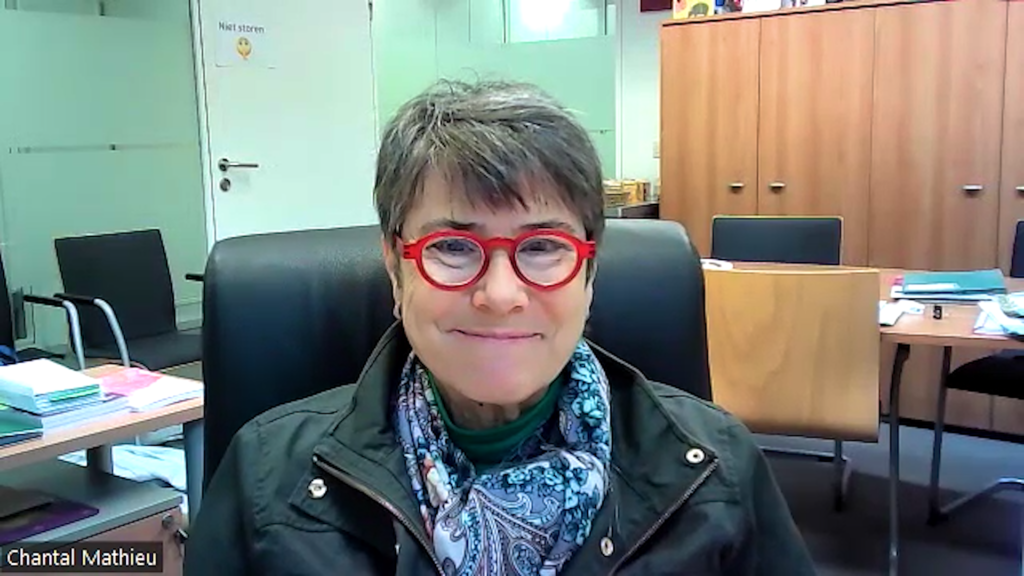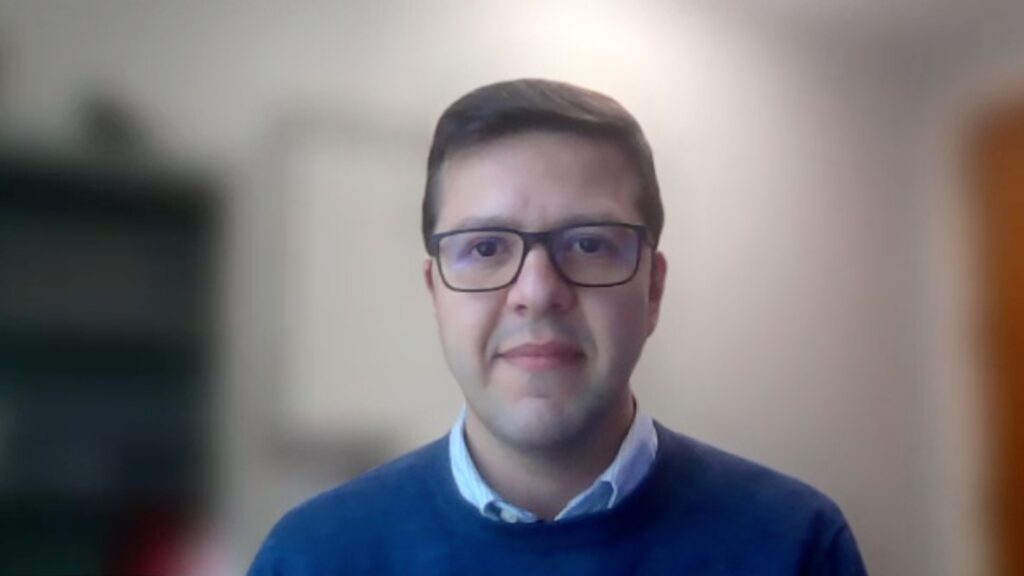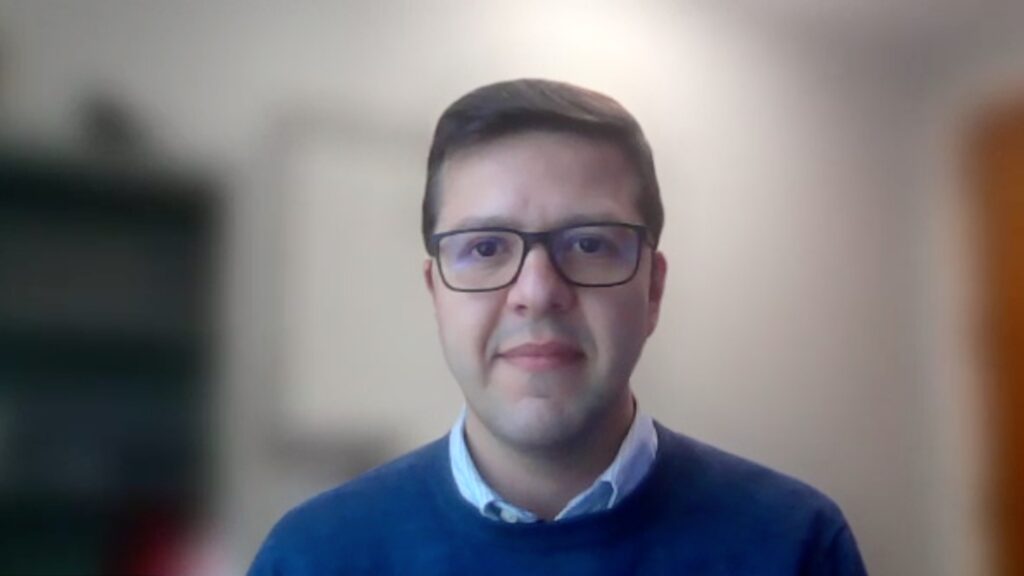 Dr Jennifer Snaith is a clinical researcher and endocrinologist who leads the Diabetes in Youth service at St Vincent’s Hospital, Sydney. Her research focuses on the intersection of type 1 diabetes, metabolism and cardiovascular risk. She was awarded the UNSW Dean’s Award for her PhD, which investigated the effects of metformin on muscle and liver insulin resistance in type 1 diabetes using hyperinsulinaemic-euglycaemic clamps. Dr Snaith is actively involved in clinical trials of adjunctive therapies for type 1 diabetes through the Garvan Institute of Medical Research. Her work includes the INTIMET study (metformin), RESET1 (semaglutide), and the TIRTLE1 trial (tirzepatide). Her post-doctoral research is supported by Breakthrough T1D Australia.
Dr Jennifer Snaith is a clinical researcher and endocrinologist who leads the Diabetes in Youth service at St Vincent’s Hospital, Sydney. Her research focuses on the intersection of type 1 diabetes, metabolism and cardiovascular risk. She was awarded the UNSW Dean’s Award for her PhD, which investigated the effects of metformin on muscle and liver insulin resistance in type 1 diabetes using hyperinsulinaemic-euglycaemic clamps. Dr Snaith is actively involved in clinical trials of adjunctive therapies for type 1 diabetes through the Garvan Institute of Medical Research. Her work includes the INTIMET study (metformin), RESET1 (semaglutide), and the TIRTLE1 trial (tirzepatide). Her post-doctoral research is supported by Breakthrough T1D Australia.
In this Future Leader Q&A, Dr Snaith reflects on her journey as a clinician-scientist, sharing insights on mentorship, navigating the demands of clinical and research work, the transformative role of clinical trials, and the vital influence of patients in shaping care.
Professor Jerry Greenfield has been an extraordinary mentor, first as my PhD supervisor, then working with him clinically in the Department of Endocrinology and Diabetes, and now as a valued research partner. He has an infectious enthusiasm for quality clinical care and research and brings optimism to every project. He has supported my efforts to establish a young adult diabetes service, to increase engagement with professional societies and to lead my own research projects. Bestowing trust in me to be able to get the job done has given me the confidence to carve out my own research niche in type 1 diabetes. Plus, he’s great fun to work with.
One of the greatest challenges has been achieving balance between clinical responsibilities, research demands, and personal life. It’s something many clinician-scientists struggle with, and for me, has required reflection and strategic decision-making. I’ve learned to be deliberate about which projects I take on, prioritising those that align with my long-term goals and research vision. This focus helps protect dedicated research time and creates space for deeper, more strategic thinking.
Another ongoing challenge is sustaining project funding, especially as an early-career researcher. I’ve tackled this by staying attuned to emerging research priorities, acting quickly on funding opportunities, and building strong collaborative networks.
One of the most rewarding moments has been leading the TIRTLE1 study, a world-first tirzepatide versus placebo clinical trial in adults with type 1 diabetes and obesity. It was one of those rare projects where everything aligned: the design, funding, implementation, and collaboration with an exceptional team (Jerry Greenfield, Ruth Frampton, Krisztina Toth, Renee Richens, Jen Evans, Dorit Samocha-Bonet). Seeing the first results come through was an extraordinary moment. The trial showed metabolic effects of the drug beyond our expectations, and we soon realised that the results would be very impactful for people living with type 1 diabetes.
I work in the field of adjunctive therapies, aiming to expand treatment options in type 1 diabetes by repurposing type 2 diabetes medications to improve cardiovascular risk, and other metabolic outcomes. It’s incredibly fulfilling to see that the energy and passion we invest is shaping the treatment narrative in type 1 diabetes.
It’s a great privilege being a clinician. No two people are the same, and I love working with patients to work out their unique needs.
In recent years we’ve been co-designing our clinical trials alongside people with lived experience with type 1 diabetes. There’s enormous satisfaction in translating research into practice and knowing that our research answers questions matter to the community. In the adjunctive therapies in type 1 diabetes space, most prescribing is off-label. Many of our patients are open to trying novel solutions and I recognize that contributing clinical trial evidence is an essential step to getting regulatory approvals and increasing medication accessibility. It’s incredible when patients put up their hand to take part in our clinical trials, which is their way of contributing to the cause.
By the end of my career, I hope to have contributed to tangible improvements, helping people with type 1 diabetes live longer, healthier, and happier lives. To know that I played a part in driving that change at scale would be the greatest privilege.
Disclosures: This short article was prepared by touchENDOCRINOLOGY in collaboration with Dr Snaith. No fees or funding were associated with its publication.
Cite: Q&A with Dr Jennifer Snaith: touchENDOCRINOLOGY Future Leader 2025. touchENDOCRINOLOGY. July 25, 2025.

touchENDOCRINOLOGY is celebrating the brightest rising stars in the endocrinology community, who are set to shape the future of the field.
SIGN UP to touchENDOCRINOLOGY!
Join our global community today for access to thousands of peer-reviewed articles, expert insights, and learn-on-the-go education across 150+ specialties, plus concise email updates and newsletters so you never miss out.



